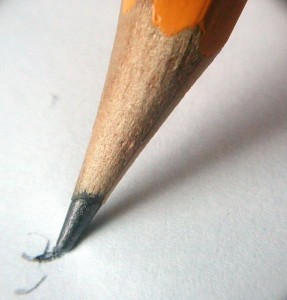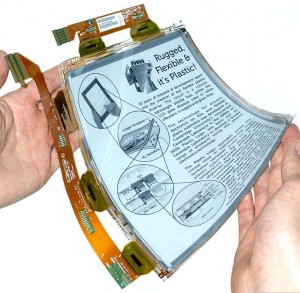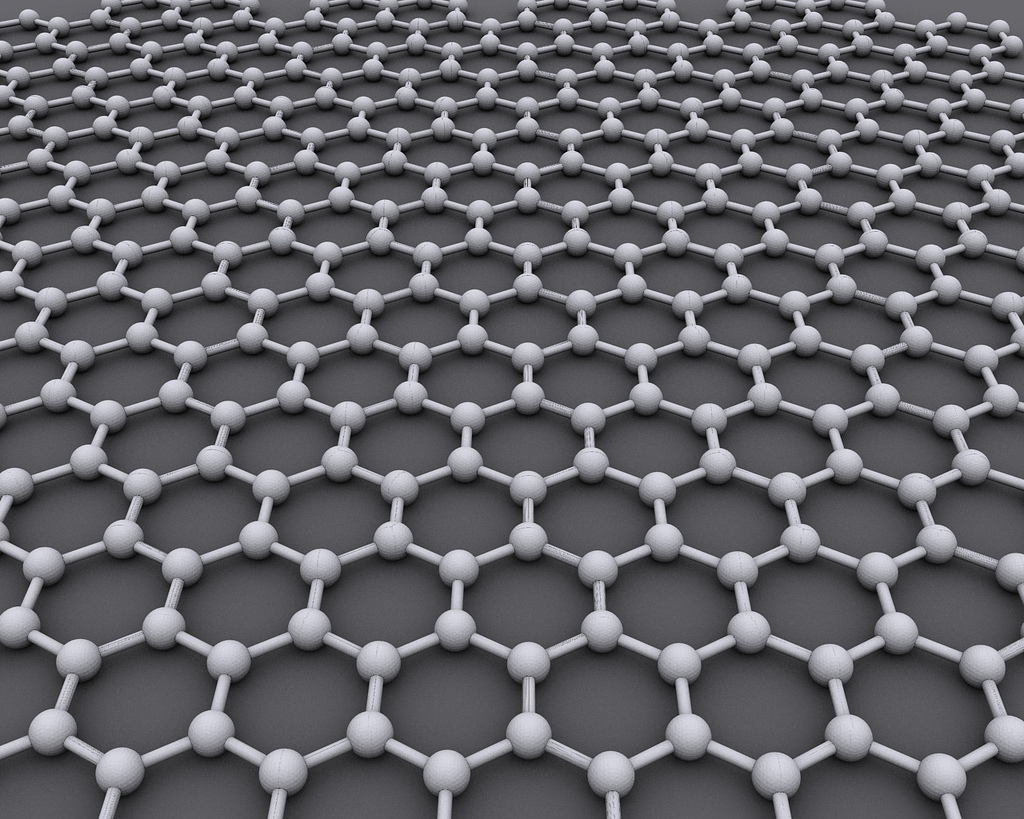The race to develop viable, efficient robotic skin is on. Such a technological triumph could make robots more durable for use in a variety of settings, and could even pave the way for improvements in human prosthetics. Currently, an innovative and versatile material called graphene appears to be the front-runner in this race. A research team at the University of Exeter has developed a new way to produce graphene that could allow for the creation of electronic skin.
Graphene is an incredibly versatile material, just one carbon atom thick — so thin that researchers consider it two-dimensional. An ultra-thin graphene sheet is transparent, absorbing just 2.3 percent of the light that hits it. Graphene is also an excellent conductor of electricity. Since electrons are able to travel through it with virtually no interruption, it conducts electricity up to 200 times faster than silicon, a material it commonly substitutes. And while graphene can be easily engineered into a soft powdery substance such as pencil graphite, its flat honeycomb pattern also makes it the strongest material in the world.

While scientists began to study the concept of graphene as early as the 1940s, many then believed that the isolation of a two-dimensional material was physically impossible. Graphene did not come to the forefront of research initiatives until 2004 and 2005, when papers from the University of Manchester and Columbia University published descriptions of its versatile properties. Soon after, layers of the material 10 carbon atoms thick were isolated from graphite by a team at Manchester using a mundane product: tape. Later, the same team refined this method to isolate a single layer using more advanced tools.
With the ability to synthesize graphene into layers, researchers began to discover rich possibilities for the material. Graphene layers stacked on top of each other and rolled to form carbon nanotubes are starting to appear in tennis rackets, bicycles, and 3D printed organs. When these same layers are wrapped around each other, graphene can form hollow-shaped carbon molecules called fullerenes, which are currently the focus of many research studies because of their use in drug delivery. Since graphene’s structure contains flexible carbon bonds, it can bend and stretch in a multitude of ways without breaking, opening up further possibilities for its use in devices such as phone screens and plasma televisions.
Now, a group of University of Exeter researchers led by Monica Craciun has discovered a new technique for graphene synthesis that could revolutionize the use of this material. Recently published in Advanced Materials, the new method — called resistive-heating cold-wall chemical vapor deposition — is an improved version of the currently used regular chemical vapor deposition technique, or CVD. Traditional CVD relies on the use of a specific substrate to collect a deposit of gaseous reactants. This process involves heating coils of copper inside a quartz furnace to about 1,000 degrees Celsius for several hours, which requires a lot of energy and produces a lot of methane gas. CVD has been used and modified for several years, but up to this point, the process has been too costly and painstaking to be widely used.
The new resistive-heating cold-wall CVD is a simplified version of the time-tested CVD method. Craciun and her team were able to modify the process to selectively heat just the copper foils, eliminating the need for hydrocarbons required in the older version. This method shortens the entire reaction and erases the dangerous output of methane gas.

Since resistive-heating cold-wall CVD hinges on a concept that has already been used with much of the same equipment to manufacture other materials, it could be employed economically. Manufacturers entering the graphene industry would not have to spend money on new facilities and would instead be able to mass-produce the material with machinery that is already available. Furthermore, Craciun’s technique is a much simpler process and synthesizes graphene of the same quality at a rate that is 100 times faster and 99 percent cheaper.
Using their improved graphene synthesis technique, Craciun and her colleagues developed the world’s first flexible, transparent touch sensor. Working with another Exeter team led by Saverio Russo, they found that molecules of ferric chloride inserted between two layers of graphene enable a transparent conductor system that could replace silicon and other materials in flexible electronics such as touch screens and LCDs. In these devices, touch sensors provide the main interface for detecting human input. When compared to the touch sensors widely used today, the graphene-based sensors developed by Craciun’s teams have exhibited some of the fastest response times and most acute sensitivity to human touch.
Improvements in graphene synthesis could also enable researchers to create flexible, sensitive skin that would transform robotics technology. The machines that we associate with the term “robot” most typically have rigid, metal shells. While these hard-skinned robots have enormous capabilities in a wide range of fields such as space exploration and warfare, their inflexibility makes them susceptible to damage such as breaks and scratches. To avoid such damage, researchers have recently begun to develop robots made from softer materials such as plastic and rubber, which allow robots greater flexibility in avoiding obstacles and navigating through tight spaces. However, these softer materials are fragile and have also proven to be relatively inefficient in protecting robots from damage.
This is where the graphene-based touch sensor skin would come in. Similar to human skin, it would offer a great balance between protection and flexibility and would allow the robots a vast range of movement. Additionally, it could to respond to external stimuli from the environment and could guide the robot’s responses just as neurons in our skin do. Specific algorithms would govern the robot’s responses to various physical stimuli, extending its perceptual capabilities. The algorithms would interpret and analyze the information received by touch sensor skin and use it to guide the robot’s resulting actions.

With soft, electronic skin, robots could prove more useful in areas such as search-and-rescue missions, where hazardous and unpredictable environments pose a threat to both humans and currently available robots. Robots with tough artificial skin could survive large jumps or falls, bend or stretch as necessary to make it through difficult openings, and avoid major harm in the process. For similar reasons, these next generation robots could also see a potential application in the exploration of the moon and space.
Another even more powerful application of Craciun’s discovery is the potential use of her new method in research pertaining to the development of artificial skin in prosthetics for humans. Materials currently used in prosthetics have been unable to replicate the hysteresis curve of human skin — the way skin reacts to pressure forces. Graphene-based touch sensor technology may just hold the answer.
An innovative concept, resistive-heating cold-wall CVD has attracted a lot of attention from engineers and scientists around the world. With its simplified production process, it may just prove to be the future of many fields of technology and engineering. A world of extremely precise touch screen electronics and robots with skin as sensitive and intelligent as ours may not be far away.
Cover Image: The bonding structure of graphene gives it its flexibility and incredible strength. Image courtesy of AlexanderAIUS.

